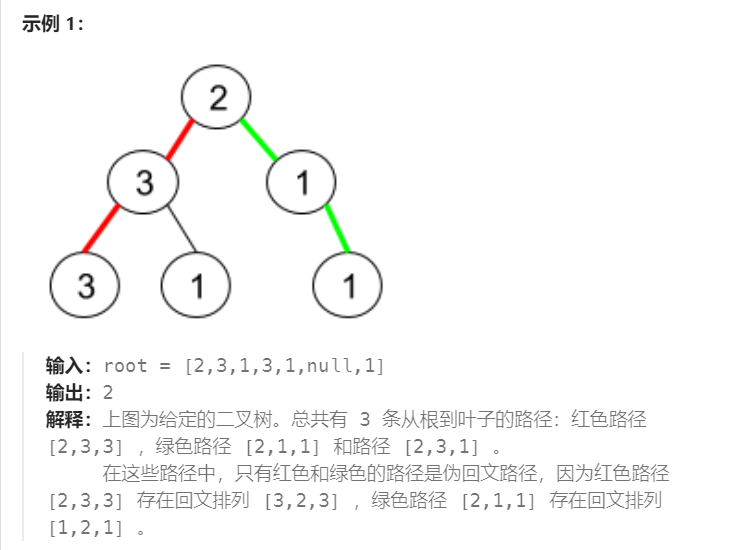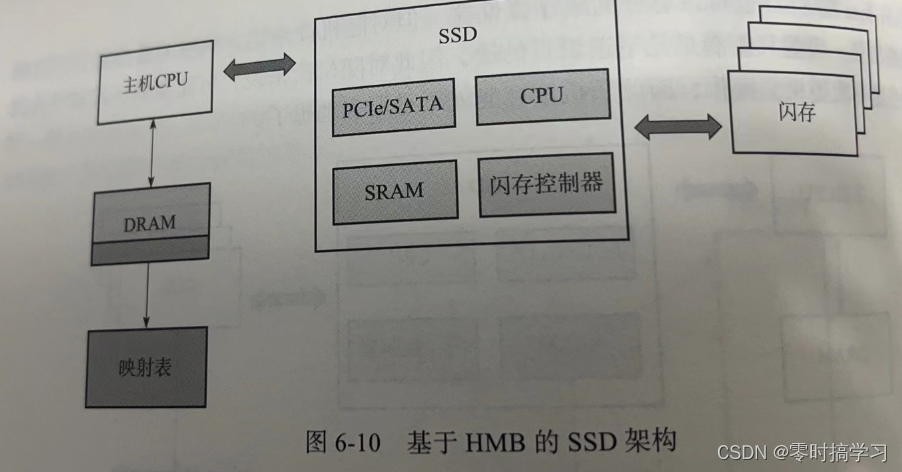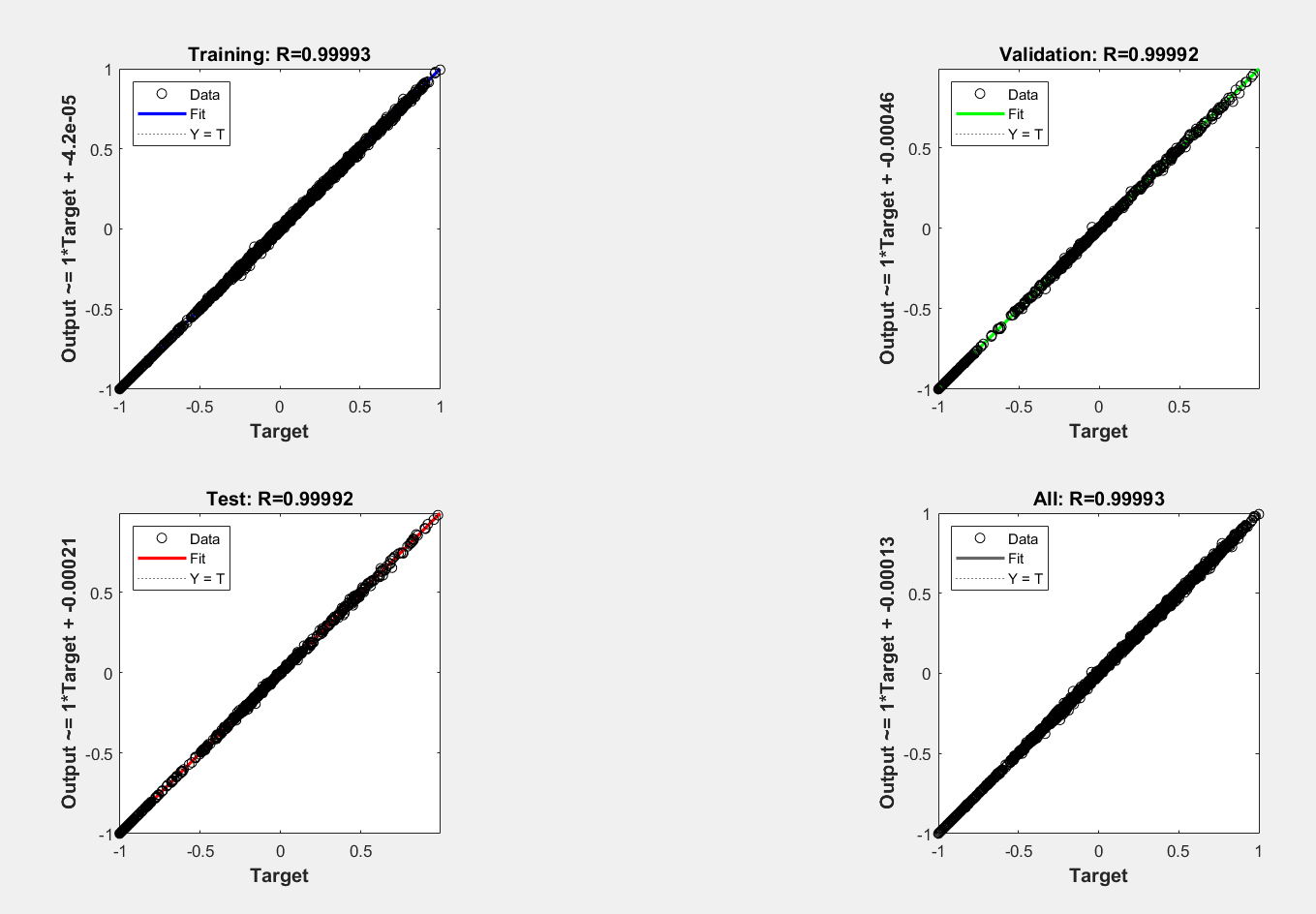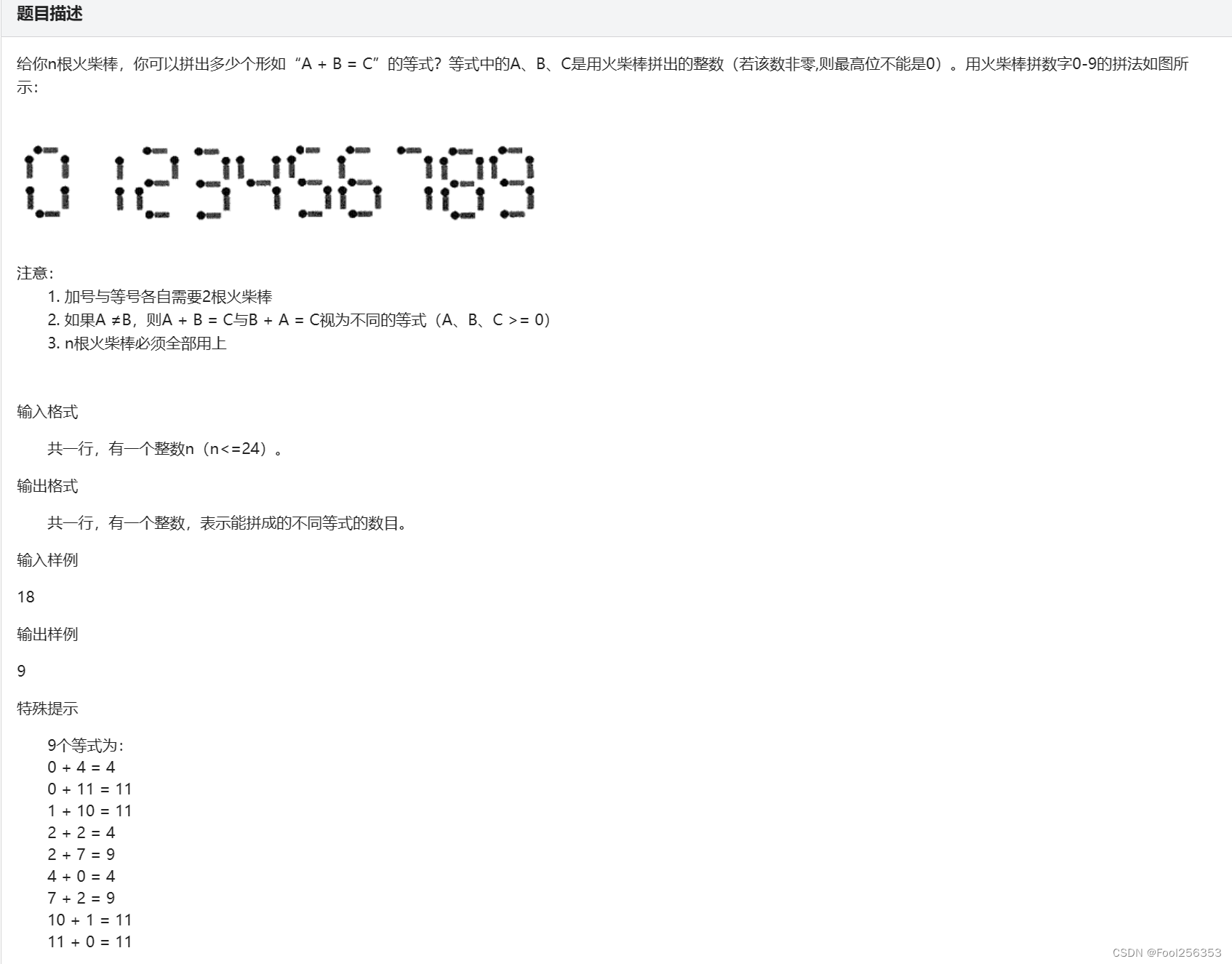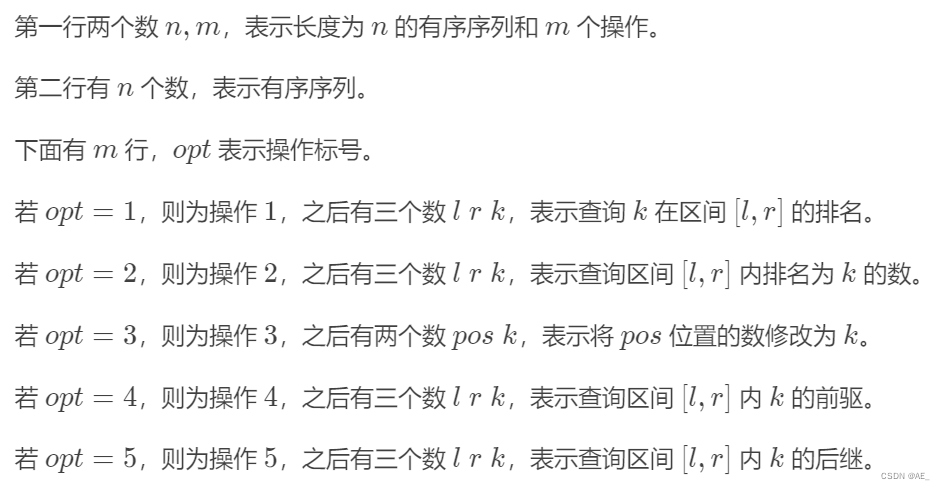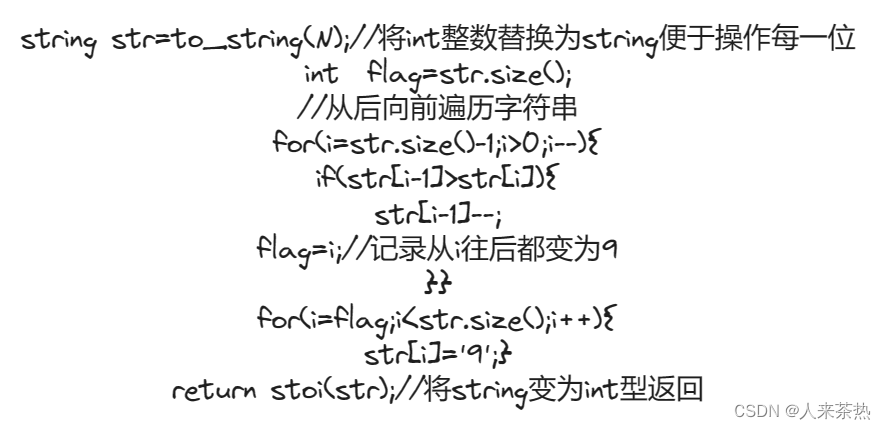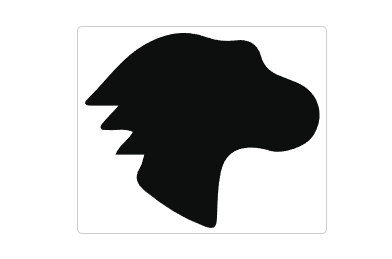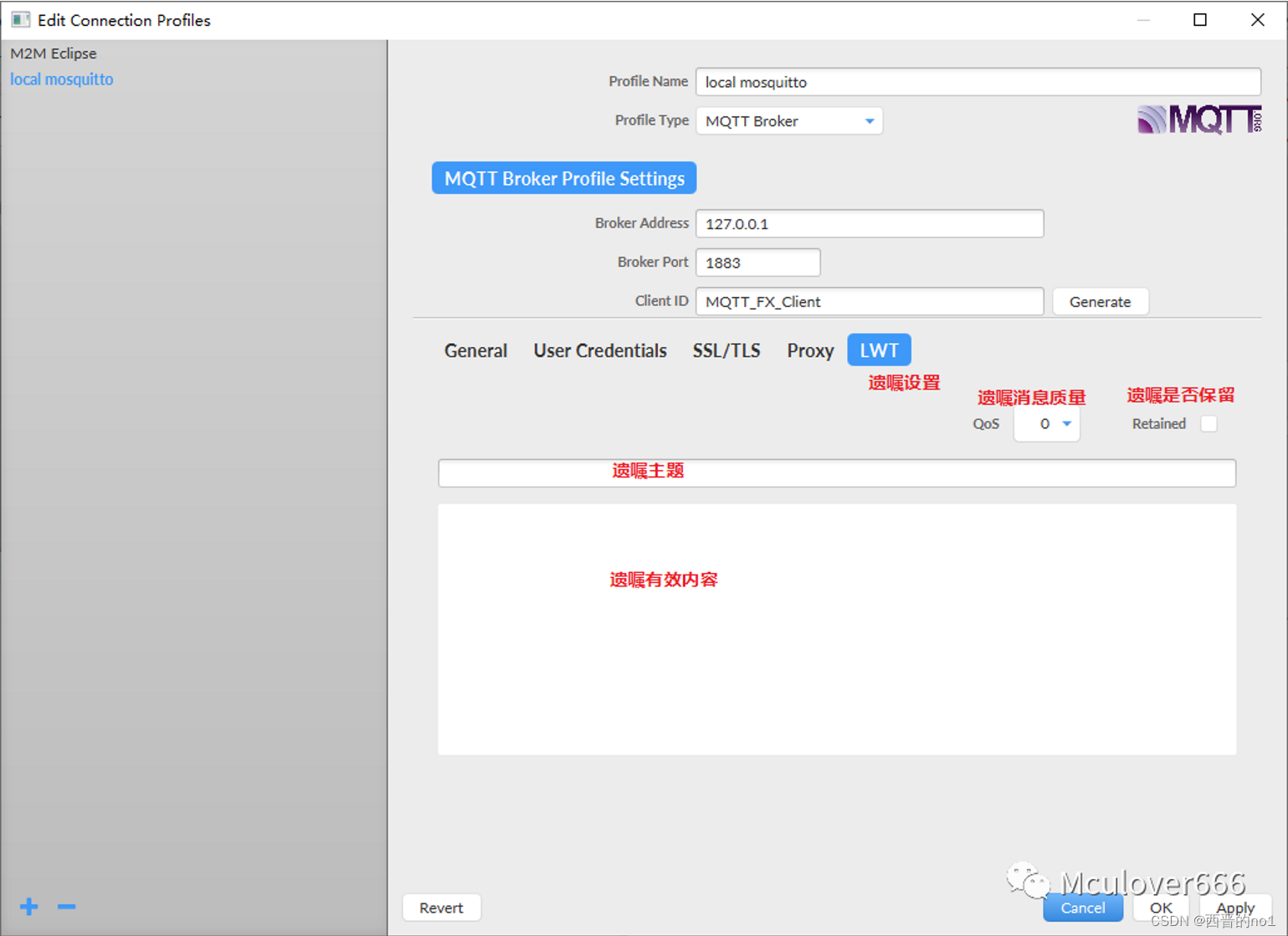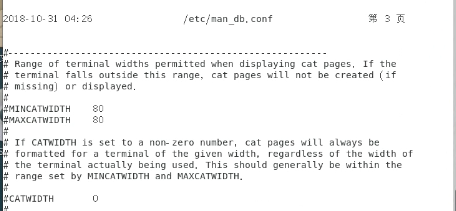117. 填充每个节点的下一个右侧节点指针 II
关键点:先递归右子树
画一下就知道了,画一个四层的二叉树,然后右子树多画几个节点就知道为啥了
Node* connect(Node* root) {
if(!root || (!root->left && !root->right)){
return root;
}
if(root->left && root->right){
root->left->next = root->right;
root->right->next = get_next_node(root);
}
if(!root->right){
cout<<"1"<<endl;
root->left->next = get_next_node(root);
}
if(!root->left){
root->right->next = get_next_node(root);
}
connect(root->right);
connect(root->left);
return root;
}
Node* get_next_node(Node* root){
while(root->next){
if(root->next->left){
return root->next->left;
}
else if(root->next->right){
return root->next->right;
}
root = root->next;
}
return nullptr;
}
114. 二叉树展开为链表
将左子树上的东西都放到右子树上去,递归的写,注意,只关注局部即可。
void flatten(TreeNode* root) {
if(!root ){
return ;
}
flatten(root->left);
flatten(root->right);
//最后处理根节点
TreeNode* tmp_right = root->right;
root->right = root->left;
root->left = nullptr;
TreeNode* tmp = root;
while(tmp->right){
tmp = tmp->right;
}
tmp->right = tmp_right;
}
654. 最大二叉树
TreeNode constructMaximumBinaryTree([3,2,1,6,0,5]) { // 找到数组中的最大值 TreeNode root = new TreeNode(6); // 递归调用构造左右子树 root.left = constructMaximumBinaryTree([3,2,1]); root.right = constructMaximumBinaryTree([0,5]); return root;}上面代码就是本体的答题思路。
对于构造二叉树的问题,根节点要做的就是把想办法把自己构造出来。
TreeNode* constructMaximumBinaryTree(vector<int>& nums) {
int left = 0;
int right = nums.size();
return build_binary_tree(nums, left, right);
}
TreeNode* build_binary_tree(vector<int>& nums, int left, int right){
//递归结束条件
if(left >= right){
return nullptr;
}
int max = INT_MIN;
int index = -1;
for(int i = left;i < right;i++){
if(max < nums[i]){
max = nums[i];
index = i;
}
}
TreeNode* root = new TreeNode(max);
root->left = build_binary_tree(nums, left, index);
root->right = build_binary_tree(nums, index + 1, right);
return root;
}
⭕️105. 从前序与中序遍历序列构造二叉树(★面试常考)
代码思路还是跟654题一模一样,可以说,构造二叉树的题递归代码都差不多!
这道题的思路用一下图片即可说明:


详细思路可以看这里
TreeNode* buildTree(vector<int>& preorder, vector<int>& inorder) {
if(preorder.size() == 0){
return nullptr;
}
return build_tree_instance(preorder, 0, preorder.size(),
inorder, 0, inorder.size());
}
TreeNode* build_tree_instance(vector<int>& preorder, int pre_left, int pre_right,
vector<int>& inorder, int in_left, int in_right){
if(in_left >= in_right){
return nullptr;
}
int left_count = 0;
int index = -1;
int root_value = preorder[pre_left];
for(int i = in_left;i < in_right; i++){
if(root_value == inorder[i]){
index = i;
break;
}
}
left_count = index - in_left;
TreeNode* root = new TreeNode(root_value);
root->left = build_tree_instance(preorder,pre_left+1, pre_left+left_count,
inorder, in_left, index);
root->right = build_tree_instance(preorder,pre_left+left_count+1, pre_right,
inorder, index+1, in_right);
return root;
}
⭕️106. 从中序与后序遍历序列构造二叉树
跟上一题思路一模一样
但是这道题第一次做困了很久,就是边界找不准,一直有问题,一定要好好想想。
主要是前序和后序数组的边界不好找,中序的两道题都一样。
TreeNode* buildTree(vector<int>& inorder, vector<int>& postorder) {
if(inorder.size() == 0){
return nullptr;
}
return bulid_tree_instance(inorder, 0, inorder.size(),
postorder, 0, postorder.size());
}
TreeNode* bulid_tree_instance(vector<int>& inorder, int in_left, int in_right,
vector<int>& postorder, int post_left, int post_right){
if(in_left >= in_right){
return nullptr;
}
int index = 0;
int left_count = 0;
int root_val = postorder[post_right-1];
for(int i = in_left;i < in_right; i++){
if(root_val == inorder[i]){
index = i;
break;
}
}
left_count = index - in_left;
TreeNode* root = new TreeNode(root_val);
root->left = bulid_tree_instance(inorder,in_left, index,
postorder,post_left, post_left+left_count);
root->right = bulid_tree_instance(inorder, index+1, in_right,
postorder, post_left+left_count, post_right-1); //post_right -1 这个是最容易被忽视的,后序遍历要看最后一个值
return root;
}
652. 寻找重复的子树
这道题的思想还是一个:对于树的某一个节点,清楚他要干啥!
所以这道题有两步:①以我自己为根的子树长什么样子。 ②以其他节点为根的子树的样子
以某一个节点为根的子树的样子,很明显就是后序遍历
接着序列化原先的二叉树,对比一下就行
文章参考链接
map<string,int> map_tree;
vector<TreeNode*> vec_tree;
vector<TreeNode*> findDuplicateSubtrees(TreeNode* root) {
sqe_tree(root);
return vec_tree;
}
string sqe_tree(TreeNode* root){
if(!root){
return "#";
}
string left = sqe_tree(root->left);
string right = sqe_tree(root->right);
string str_tree = left + "," + right + "," + to_string(root->val);
if(map_tree[str_tree] == 1){
vec_tree.push_back(root);
}
//重要
map_tree[str_tree]++;
return str_tree;
}
这道题总结一下,有以下两个点。本题涉及的数据结构知识,本题的细节。
-
本题的细节
这道题耗费我较多时间。有几个需要注意的点。
- 二叉树序列化的方法,需要写一个辅助函数完成,辅助函数的返回值用string,这个需要好好记住。
- 最开始存储序列化后的字符串用的是set,但我发现一个巨大的问题。即如果有set中重复的被找到,则放到vector中,这本来没什么问题,但是,注意这里面有个坑,即只要重复就放到vector中。这是you逻辑问题的,因为如果一个字符串重复了5次,vector中应该只有一个根节点,但是代码会放4次相同的根节点,这样vector中会出现重复,这是会出错的。所以用map方便。
-
涉及的数据结构
stl的关联式容器中有两个大类:set和map。由这两个基本关联式容器衍生出来很多,例如multimap、multiset、unordered_map、unordered_set。
- set就是数学上所说的元素的集合,可以理解为键和值完全相等的关联式容器。set会根据各个元素值的大小进行生序排序,底层使用红黑树来实现。值不能重复,由insert保证。
- map是由键和值两部分组成的关联式容器。键必须唯一,因此如果遇到有相同键的情况,可以使用[]运算符让值++,比如
map[str]++。根据键map会进行生序排序。insert保证了键的唯一性。底层用红黑树实现。 - multiset。顾名思义,键(值)可以重复的关联式容器。底层用红黑树实现。
- multimap。键可以重复的关联式容器,其他与map都一样。
- unordered_set。底层是哈希表,占用空间较多,查找是常数时间。无自动排序功能。
- unordered_map。底层是哈希表,占用空间较多,查找是常数时间。无自动排序功能。
968. 监控二叉树
-
思路:本质上就是节点间信息的交流。那么二叉树有三种信息交流的方式,前序,中序和后序。
由于我们可以分析,返回最小的摄像头数量,那么我们肯定尽量不在子节点装摄像头,而是在父节点装。因此从子节点往父节点传递信息的方式是后序遍历,我们可以用后序遍历的形式做这道题。
很自然,每个节点肯定有三种该状态啦:
- 0表示没有被监控
- 1表示该节点有摄像头
- 2表示被监控到了
然后我们就按照后序遍历,依次传递消息。
本质上是贪心,因为如果子节点被覆盖了,那么当前父节点就不要设置监视器,这是一条隐形规则。
-
代码
class Solution { public: int result; int minCameraCover(TreeNode* root) { result = 0; if(bianli(root) == 0){ result++; } return result; } int bianli(TreeNode* root){ if(root == nullptr){ return 2; } int left = bianli(root->left); int right = bianli(root->right); //逻辑部分 // 0表示没有被监控 // 1表示该节点有摄像头 // 2表示被监控到了 //①左右节点都被监控了。因为是自下而上,已经被监控了,其父节点就不用摄像头了,父节点就是没被监控 if(left == 2 && right ==2){ return 0; } //②左右节点至少有一个没被监控。说明父节点要放摄像头 if(left == 0 || right == 0){ result++; return 1; } //③左右节点至少有一个摄像头,那么父节点会被监控到 if(left ==1 || right ==1){ return 2; } return -1; }

